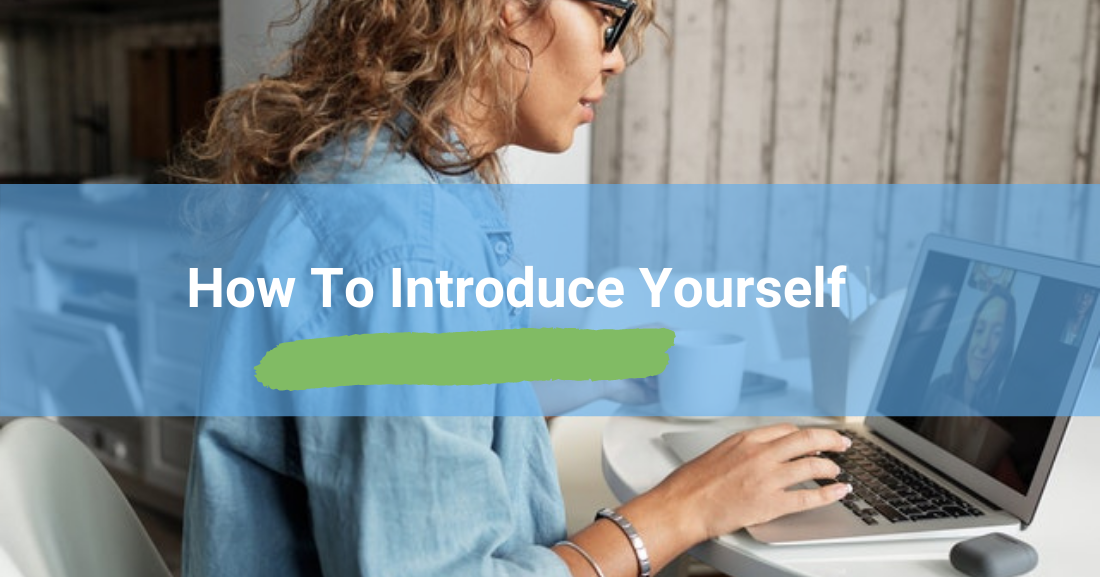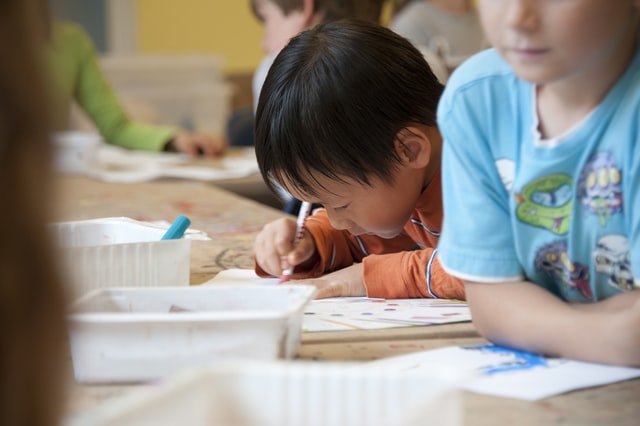

First lessons are the perfect opportunity to tell students a little bit about yourself and get to know something about them as well. This may be your first chance to determine your students’ English level, so it is important to encourage them to speak as much as possible.
Your first lesson is also a great time to begin building a productive, inclusive and supportive learning environment for your class. Welcome them with a smile and address the entire class as you speak. Send a message by adopting a friendly tone and a professional yet approachable presence. Showing your enthusiasm for your course will positively impact your students’ attitudes.
Further Reading: Good Ways to Connect with Students
First Lesson: How to Introduce Yourself
-
1
Warm up
Most teachers find one or two great warm up activities and use them often in their classes. If you have an activity that you like to start classes with, the first lesson may be the perfect time to introduce it to your new students. If you are not attached to any particular warm up activities, you can use the first five to ten minutes of this lesson to generate an interest in the topic, in this case, yourself. One way to do this is to have students guess things about you, such as where you are from or what your hobbies are. You can use a handout of about fifteen questions for this activity and leave enough space for students to write their guesses as well as space to write the correct answer which they will learn later on in the lesson.
-
2
Introduction
Especially if you are from another country, students will be very interested in hearing about where you are from and specific cultural aspects of your country. Using pictures or flashcards will help students grasp the meaning of your self introduction without understanding every single word or sentence. The best approach is to use the simplest possible language during this section of the lesson. If students seem to understand the material very well you can prompt them to complete sentences based on the materials you are showing them to give them an opportunity to demonstrate things they have already learned. If you plan to do an activity later based on the introduction, you may have to repeat the material a couple times. Visual aids are particularly helpful for students where English is not their home language.
-
3
Practice
Now that your class has learned a bit about you, have them fill in the correct answers on the worksheet you gave them earlier or ask them questions based on your presentation and see if they can answer them. This will give you time to evaluate your students’ level and also see what they understood from your presentation. If your presentation was too easy or difficult, you can adjust it before presenting to other classes.
-

-
4
Icebreaker
At this point an activity would be important. You can use an ice breaker to get everyone moving and more relaxed. This also shifts the focus of the lesson from you to the students. Starting the activity yourself will give students an example of what they are being asked for. A very simple exercise would be to say your name and favorite color and have students take turns doing this. If your class has been together for years and years and the students are very familiar with each other, you can even ask the student whose turn it is to say all the students’ names that have been said already before saying their own. This will give you more time to learn the names and you can end the activity by attempting to say all the names in order.
-
5
Produce
Now you can ask students to volunteer to give self introductions. This activity can be structured a number of ways. If giving a full self introduction is too challenging, ask students to just say one thing about themselves or to use the worksheet as a guide so that if the first question on the worksheet was “Where are you from?” the first volunteer can answer that question. Encourage all students to participate. Play a guessing game. Students can give a fun fact that explains something about themselves and the rest of the class have to guess what it is. For example: “My family is large. How many sisters and brothers do I have?” “
I love TV reality series about cops. What is my favorite?” -
6
Review
Use the last three to five minutes of class to have students ask you any questions they might have. This can be intimidating so you could expand it into a larger activity where students work in groups to think of a question to ask. The benefit of being the first group to ask a question is that no one else has asked the question already. Tell students that questions cannot be repeated so if another group asks the question first, they will have to think of a different one.
The first lesson is very important. You have to strike a balance between having fun and maintaining order in the classroom. Students need to respect you in order for you to have control of the classroom environment so use the first lesson to:
- Introduce yourself
- Learn something about your students
- Have fun
- Establish your authority
How do you teach your first lessons? Please share.
First Lesson Checklist
1 Warm-up If you have your own time-tested activity to start classes with, the first lesson is a good time to introduce it to your new students.
2 Introduction Use the simplest possible language to help your students understand better.
3 Practice Go over your introduction by means of a worksheet to see if students understood your presentation so you can adjust it before presenting to other classes.
4 Icebreaker Choose an activity or icebreaker to involve everyone in the class and help students become more relaxed.
5 Produce Let students respond to your presentation by volunteering to give self-introductions.
6 Review Use the last three to five minutes of class for students to ask you any questions they might have.
P.S. If you enjoyed this article, please help spread it by clicking one of those sharing buttons below. And if you are interested in more, you should follow our Facebook page where we share more about creative, non-boring ways to teach English.







